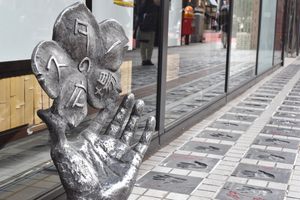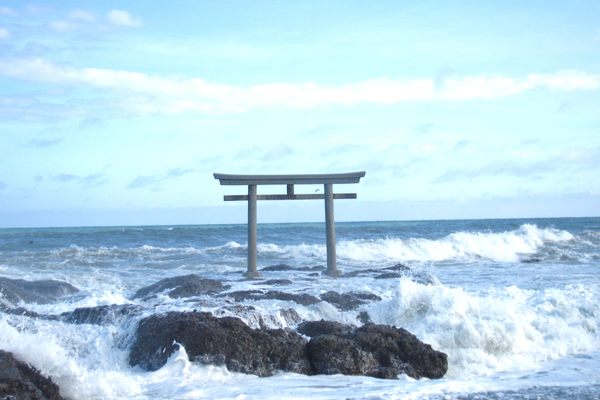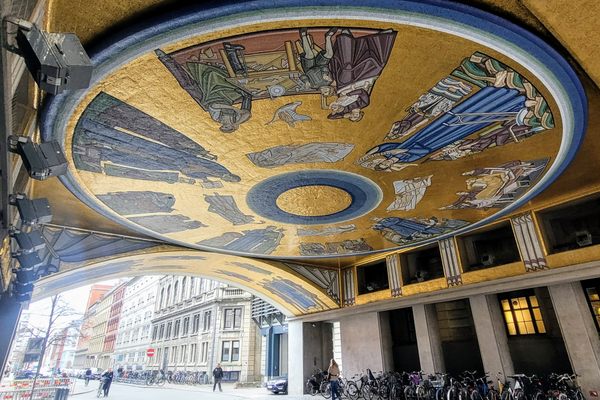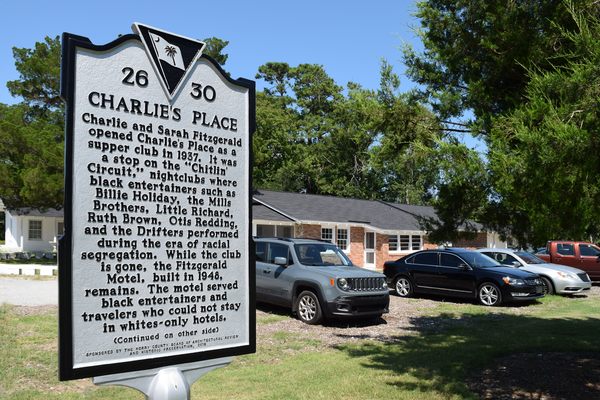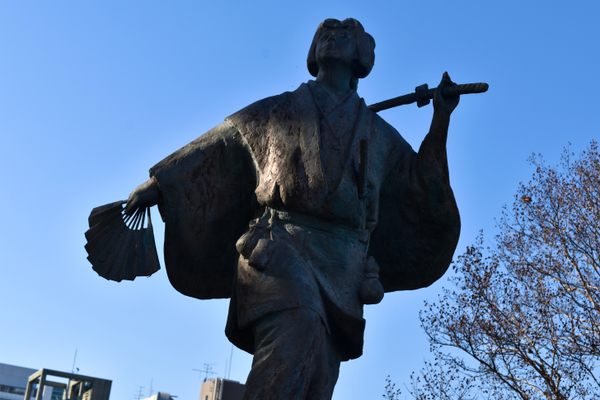About
Rokku, the sixth district of Asakusa, has been known as one of downtown Tokyo's major entertainment districts since the late 19th century. Lit by garish neon signs, the streets were crammed with a variety of cabarets, comedy venues, strip clubs, and numerous theatres including the very first cinema in Japan.
Its popularity started to decline by the so-called bubble era of the late 1980s, and very few of the old venues are in operation today. That does not mean Rokku has lost its erstwhile charm, however, as it gradually transformed itself into a popular shopping district where nightlife remains its main focus.
In the corner of one of its busy streets stands a mini-shrine, called Rokugeishin Innen, created in 1996 and dedicated to a sextet of unusual "gods" that honor the entertainment of Tokyo's bygone past.
The Rokugeishin, meaning "six gods of arts," consists of bronze statuettes that are modeled after certain artists from the Taishō and early Shōwa eras. The members of this hexad includes Utai-gami ("singing god"), Kanade-gami ("music-playing god"), Hanashi-gami ("talking god"), Odoke-gami ("clowning god"), Enji-gami ("acting god"), and Odori-gami ("dancing god").
Their likenesses were modeled after ryūkōka singer Tarō Shōji, tenor singer Rikizō Taya, rakugo-ka Shinshō Kokintei, acrobat Masuton Egawa, comedy actor Ken'ichi Enomoto, and theater actress Takiko Mizunoe, respectively. However, the "gods" are more generic beings and many creative liberties have been taken. For example, Taya in reality was not an accordion player unlike Kanade-gami, and Mizunoe was known for playing male roles with her her hair cut short (a novelty at the time), unlike her Rokugeishin counterpart.
Representing the long-lost entertainment past of downtown Tokyo, the Rokugeishin is a new addition to Japan's extensive pantheon, if not major part of it, in keeping with its belief that all things may contain divinity and its tradition to deify real-life figures, especially those that symbolize artistic concepts.
Related Tags
Know Before You Go
The shrine is located within a few minutes' walk from Sensō-ji Temple, on the side of the street right across from the Don Quijote store.
Hidden Japan: Sado Island, Nara & Kyoto
Explore a different side of Japan.
Book NowCommunity Contributors
Added By
Published
August 6, 2021















